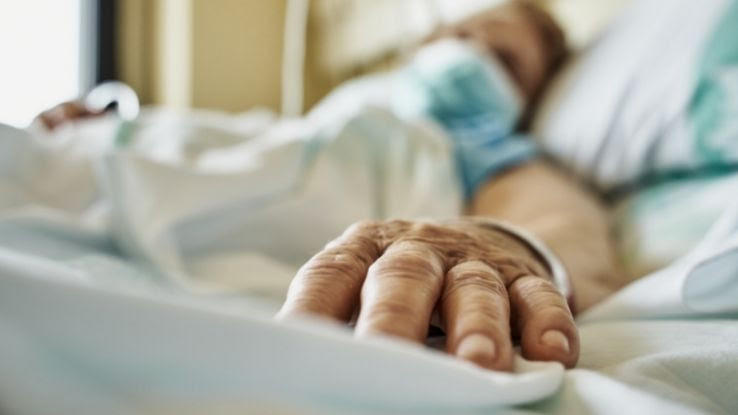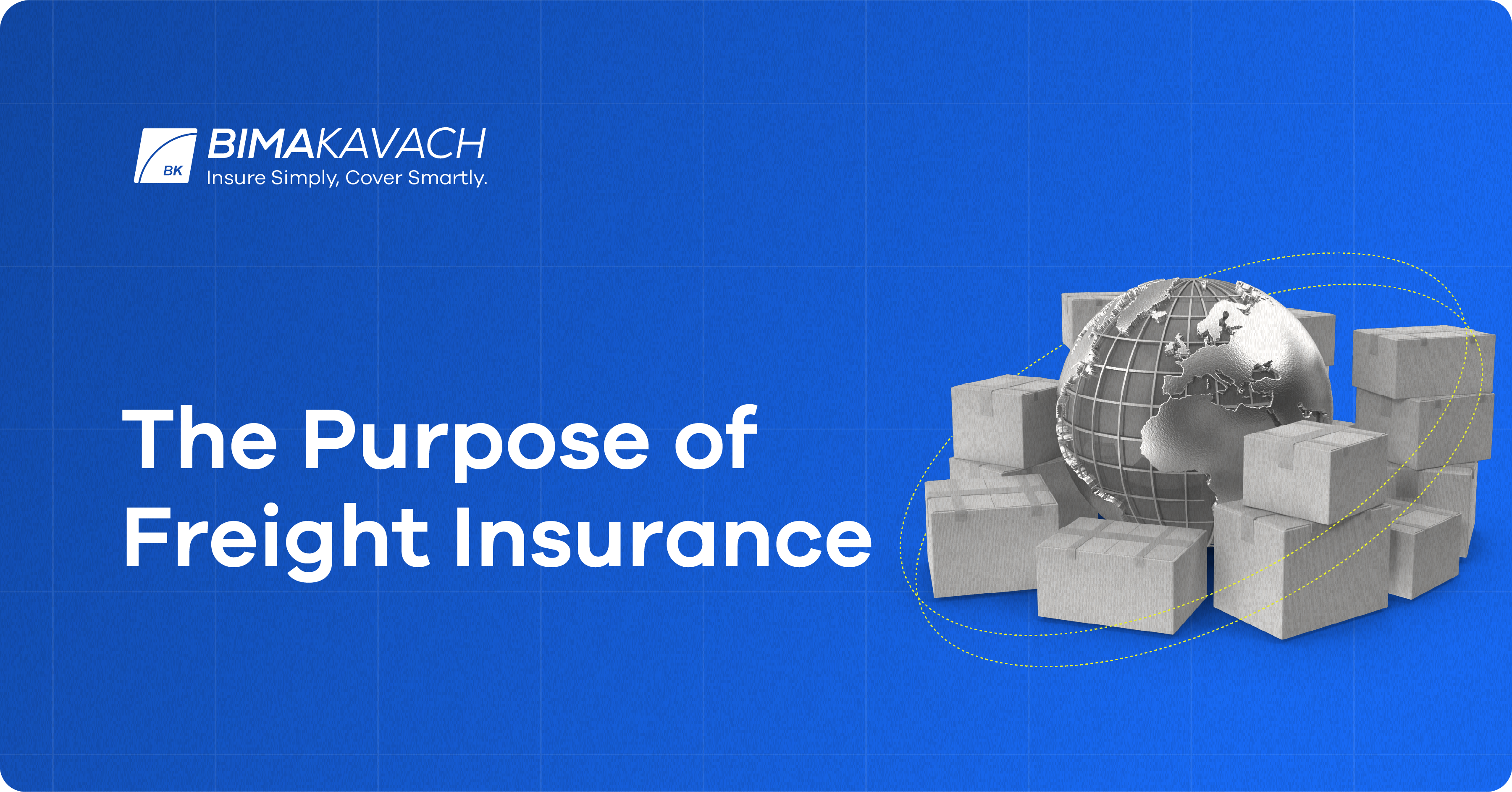The smart Trick of Pacific Prime That Nobody is Talking About
Some Ideas on Pacific Prime You Need To Know
Table of ContentsThe Best Strategy To Use For Pacific PrimeHow Pacific Prime can Save You Time, Stress, and Money.More About Pacific PrimeWhat Does Pacific Prime Do?The Basic Principles Of Pacific Prime

This is since the data were gathered for a duration of strong financial efficiency. Of the estimated 42 million individuals who were without insurance, almost regarding 420,000 (concerning 1 percent) were under 65 years old, the age at which most Americans become qualified for Medicare; 32 million were grownups between ages 18 and 65, about 19 percent of all grownups in this age group; and 10 million were youngsters under 18 years old, about 13.9 percent of all children (Mills, 2000).
These price quotes of the number of individuals uninsured are produced from the yearly March Supplement to the Present Populace Study (CPS), carried out by the Demographics Bureau. Unless or else noted, nationwide price quotes of individuals without health insurance coverage and percentages of the populace with various kinds of coverage are based on the CPS, the most commonly utilized resource of quotes of insurance protection and uninsurance prices.
What Does Pacific Prime Do?

Still, the CPS is especially useful because it generates annual price quotes fairly swiftly, reporting the previous year's insurance coverage estimates each September, and due to the fact that it is the basis for a constant set of estimates for greater than two decades, enabling for analysis of fads in coverage over time. For these factors, in addition to the comprehensive use the CPS in other studies of insurance policy coverage that are offered in this record, we rely upon CPS quotes, with limitations kept in mind.

The estimate of the number of uninsured individuals broadens when a population's insurance condition is tracked for a number of years. Over a three-year period beginning early in 1993, 72 million people, 29 percent of the united state population, lacked coverage for at least one month. Within a solitary year (1994 ), 53 million people experienced at least a month without insurance coverage (Bennefield, 1998a)
6 out of every ten uninsured adults are themselves utilized. Functioning does enhance the likelihood that one and one's household members will certainly have insurance policy, it is not an assurance. Even members of family members with 2 full time wage earners have nearly a one-in-ten chance of being without insurance (9.1 percent without insurance price) (Hoffman and Pohl, 2000).
The 4-Minute Rule for Pacific Prime
New immigrants account for a considerable proportion of individuals without medical insurance. One evaluation has actually connected a significant part of the current development in the dimension of the united state without insurance population to immigrants who showed up in the country between 1994 and 1998 (Camarota and Edwards, 2000). Recent immigrants (those that involved the USA within the past 4 years) do have a high price of being uninsured (46 percent), but they and their kids represent simply 6 percent of those without insurance coverage country wide (Holahan et al., 2001).
The connection between medical insurance and access to care is well established, as recorded later in this phase. Although the connection in between health insurance policy and health outcomes is neither direct nor easy, an extensive scientific and health and wellness solutions study literary works web links health and wellness insurance coverage to better accessibility to care, far better top quality, and boosted individual and populace health and wellness condition.
Levels of evaluation for taking a look at the impacts of uninsurance. This discussion of wellness insurance policy coverage concentrates largely on the U.S. populace under age 65 due to the fact that basically all Americans 65 and older have Medicare or various other public protection. Furthermore, it focuses specifically on those without any health and wellness insurance for any kind of size of time.
The Single Strategy To Use For Pacific Prime
The issues encountered by the underinsured are in some areas comparable to those dealt with by the without insurance, although they are usually much less severe. group insurance plans. Uninsurance and underinsurance, however, entail clearly various policy problems, and the techniques for addressing them may differ. Throughout this research study important source and the 5 reports to follow, the main emphasis is on persons with no health insurance coverage and thus no assistance in spending for health treatment beyond what is available via charity and safeguard institutions
Wellness insurance coverage is an effective factor influencing receipt of care due to the fact that both people and physicians react to the out-of-pocket cost of services - https://trello.com/w/pacificpr1me_. Medical insurance, nonetheless, is neither needed nor adequate to access to clinical solutions. The independent and straight impact of health and wellness insurance protection on access to health solutions is well developed.
Others will certainly acquire the health treatment they need also without medical insurance, by spending for it out of pocket or seeking it from suppliers who offer care totally free or at very subsidized prices. For still others, medical insurance alone does not guarantee invoice of care due to various other nonfinancial barriers, such as a lack of healthcare service providers in their area, limited access to transportation, illiteracy, or linguistic and social differences.
The Best Guide To Pacific Prime
Official study concerning uninsured populaces in the USA dates to the late 1920s and very early 1930s when the Board on the Cost of Treatment produced a series of reports regarding financing doctor workplace visits and hospitalizations. This problem ended up being significant as the varieties of clinically indigent climbed during the Great Anxiety.